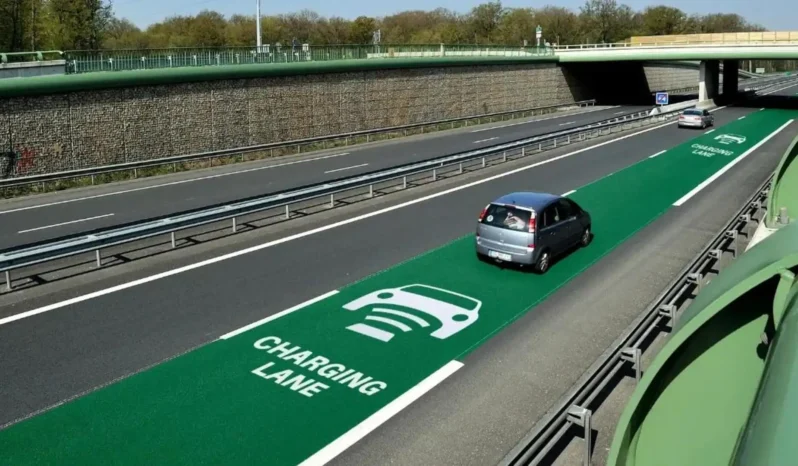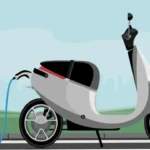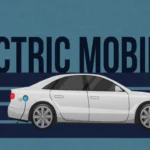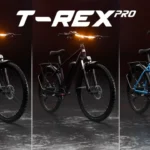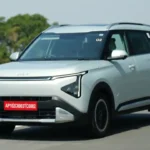For the first time in the world, a Wireless Charging Roads for electric vehicles was unveiled in Trondheim, Norway. According to an announcement issued by Electreon Wireless, it is an innovative take on a revolutionary feature of in-motion EV charging that improves transportation efficiency and paves the way towards a greener future.
The Technology Behind Wireless Charging Roads
Electromagnetic induction technology is utilised in the wireless charging system. Copper coils are embedded beneath a 100-meter stretch of road. These copper coils create an electromagnetic field that transfers energy right to the vehicle. This does away with traditional charging stations and allows EVs to charge up while continuing in their journey. Making transport efficient and minimising waiting time for charging.
How Wireless Charging Roads Work?
A receiver is mounted on an electric vehicle, which travels down the charging road. Then the power is transferred wirelessly through the electromagnetic field produced by the coils embedded in the road surface. This process also reduces the weight and dimensions of batteries used since it can recharge externally during travel. It will begin with electric buses, which are dispersed to follow specific routes and schedules.
Pilot Program Details
The trial will last for a year. Three Yutong electric buses and one Higer electric bus will be tested in the experiment. Funding will be through the Norwegian government at a price estimate of 22.4 million kroner (US $2.12 million).
Objectives and Expected Outcomes
This pilot program aims to test: whether wireless charging would permit continuous electricity supply to buses.
This means enormous cuts in carbon emissions, which will contribute significantly toward the world’s sustainability goals. The pilot will also check how well the technology can hold up against Trondheim’s challenging winter-season conditions.
Konrad Pütz, the Director of Transportation of Trondheim said: “Inductive charging can be a game-changer for our transport sector. Not only does it support our commitment to sustainability but it also deals with very practical challenges in electric public transport. As Pütz pointed out, this technology fits perfectly with Norway’s ambitious climate goals.
Industry Responses to Wireless Charging Roads
This move has been welcomed by automobile experts and journalists as one that would mark a revolution in the world of EV infrastructure. Industry analysts believe the successful implementation would mark the start of wireless charging technologies in many cities around the world.
Electreon Wireless CEO Oren Ezer appears quite upbeat about the prospects of such an initiative: “This is a true milestone in urban mobility. By charging while driving, we can reduce our dependence on fossil fuel and increase efficiency in public transport.” Ezer added that it will revolutionise the urban area into cleaner spaces.
ELCTRIK Speaks
Norway, which has launched a wireless charging road, has taken huge strides in electric vehicle infrastructure as well as sustainable urban mobility. This novel development finds hope in cleaner transport across the world amidst battling climate change and degradation. The outcome of this pilot program may redefine how we are to approach EV charging and public transport sustainability.

